
Dear Professor Usagawa Tsuyoshi, Vietnam has approved the Program "Developing human resources for the semiconductor industry to 2030, with a vision to 2050", in which the general goal is to train at least 50,000 human resources with university degrees or higher to serve the semiconductor industry by 2030. In your opinion, is this number feasible?
According to a research report by the Japanese Government, the demand for semiconductor human resources will increase rapidly in the next 10 years. A survey of 8 leading Japanese companies shows that this field needs 40,000 human resources in the next 10 years. This means that on average, every 5 years, 20,000 new semiconductor human resources are needed. Through this survey, with the Vietnamese market - a place with a high economic growth rate, many companies are promoting the opening of factories in Vietnam, the goal of training 50,000 semiconductor human resources to supply the market is not an impossible number. Responding to the wishes of the Vietnamese Government are human resource training facilities nationwide.
In Vietnam, the Bachelor of Semiconductor Engineering Technology Program of Vietnam-Japan University, which will start in September 2025, is designed to contribute to the implementation of Vietnam's semiconductor human resource development strategy. The program lasts for 5 years, is expected to enroll 100 students each year and attract a large number of students from other engineering majors to transfer, aiming to train about 400 semiconductor engineers by 2030.
This is one of the first programs in Vietnam designed with the participation of academic partners such as the University of Tokyo and Kumamoto University - two leading training institutions for semiconductor technology in Japan - along with support from the semiconductor alliance with members being specialized universities in Japan.
Dear Professor Usagawa Tsuyoshi, how can we create an attractive ecosystem to attract students to study semiconductors?
First is the salary, then the working environment and other factors that motivate people to join this industry. For example, TMSC Group has a 2024 corporate profit of 45%. However, I think attractive salary is not the only factor that attracts semiconductor workers, but the dedication of young people to the development of society.
This figure reflects the scale of human resources that advanced industrial economies need to mobilize to maintain the semiconductor supply chain - a field with both high profit margins and high risks.
Vietnam is at a favorable time to develop the semiconductor industry. Deloitte's report (2024) shows that Vietnam currently has more than 40 enterprises operating in the semiconductor value chain, mainly concentrated in Hanoi , Ho Chi Minh City and Da Nang.
These enterprises are mostly involved in design, research and development (fabless) and packaging and testing (OSAT), while upstream stages such as wafer fabrication (fab) are still absent. Expanding into more complex stages - such as advanced packaging and wafer fabrication - is considered necessary for Vietnam to build a complete production capacity, while increasing the demand for specialized human resources.
Semiconductor human resources are subject to competition not only domestically but also from powerful countries such as: Korea, Taiwan (China), Japan, the United States. Because it is a new technical industry with a high level of competition, human resources participating in this industry must always update their knowledge.
What policies are needed to attract human resources to this industry, Professor Usagawa Tsuyoshi?
I understand and feel clearly the priority level of the Vietnamese Government in dedicating training resources to semiconductors. Vietnam itself has high priority programs for training this human resource.
For example, the mobile phone has deep involvement of semiconductor. Without the phone, it would be very inconvenient for people. Semiconductor is an extremely important industry with deep involvement of people.
Japanese society is facing an aging population, especially the proportion of young people in Japan's total population is decreasing.
According to the statistical survey of the Program for International Student Assessment (Pisa) in Japan, Japanese 6th graders have the world's leading math and science index. When statistics of 6th graders who are excellent in math and science, the ratio of males and females is equivalent. However, the higher the education level, the number of female students studying natural sciences decreases, and at university level, the number of female students studying science and technology is only 10%. This shows that the participation of female students in science and technology is not as high as that of males.
I come from a public university in Japan. Since 2004, Kumanomo University has become an independent legal entity with greater autonomy. Therefore, cooperation with private companies has been extremely developed. Through this, the school receives income related to intellectual property, which is used to offset the costs related to training and capacity building for students. Vietnam is in the process of transformation, giving more power to universities, so there are opportunities to cooperate with businesses and private companies.
The Government's commitment to support and the close connection between universities and businesses are extremely important factors for universities to focus on training human resources for the semiconductor industry in particular as well as high-quality human resources for the market in general.
Thank you very much, Professor!
Source: https://baotintuc.vn/giao-duc/gs-usagawa-tsuyoshi-ban-dan-la-nganh-co-loi-nhuan-cao-nhung-rui-ro-cung-cao-20251014170212205.htm


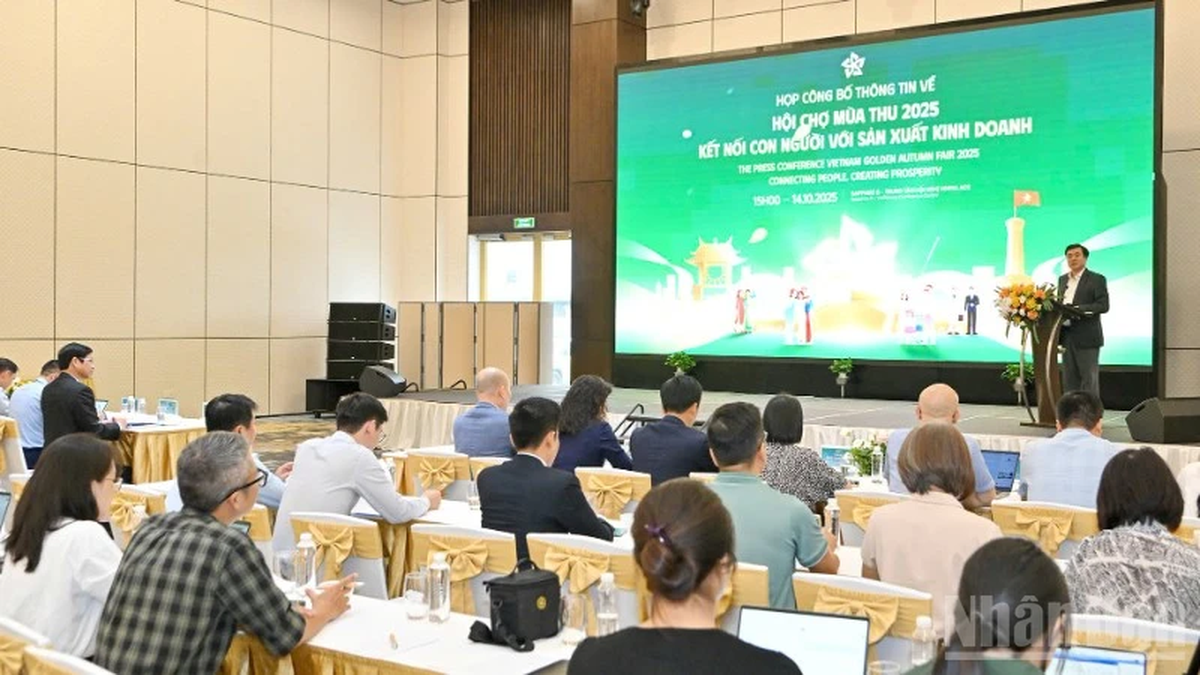
![[Photo] Ready for the 2025 Fall Fair](https://vphoto.vietnam.vn/thumb/1200x675/vietnam/resource/IMAGE/2025/10/14/1760456672454_ndo_br_chi-9796-jpg.webp)




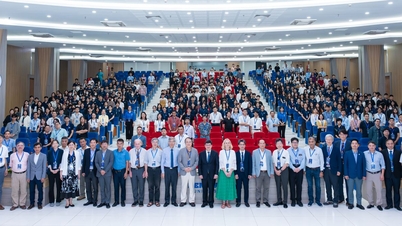






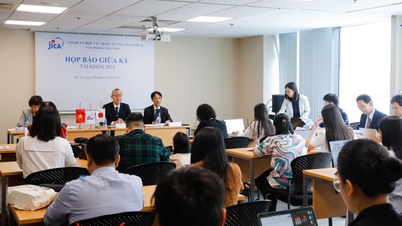
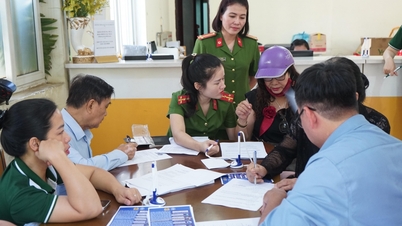





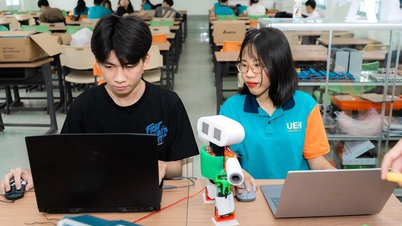










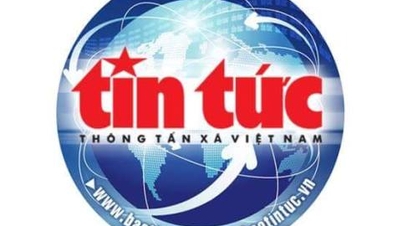
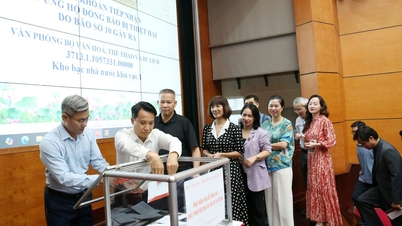

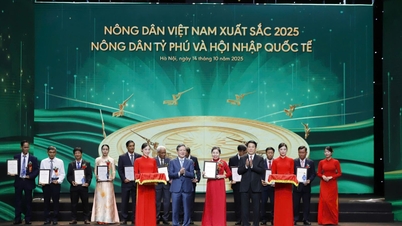






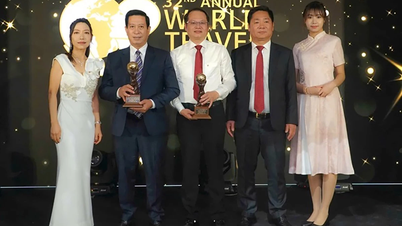

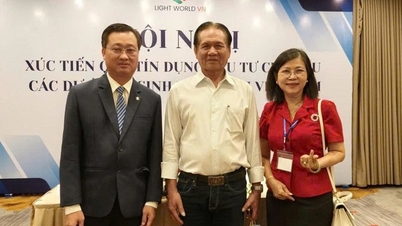
















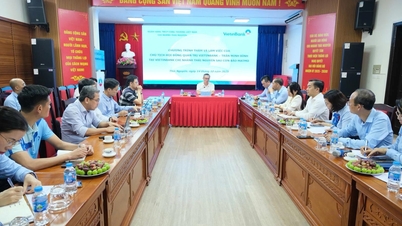
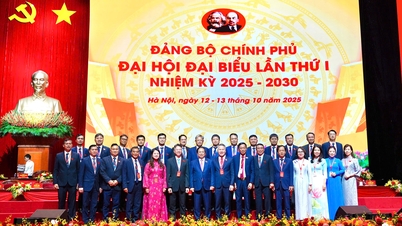
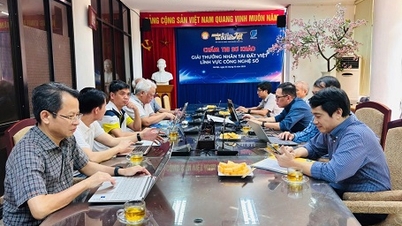














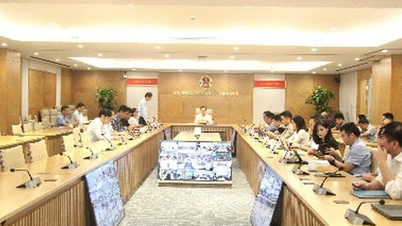




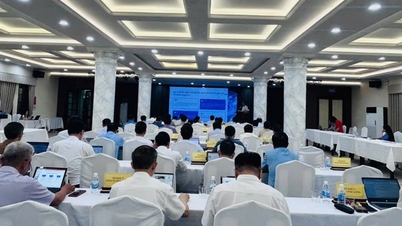
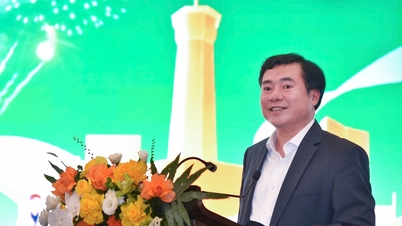


























Comment (0)